When we talk about straw hats, the Panama hat is probably the most famous. In this article, you will know more about Panama hat.
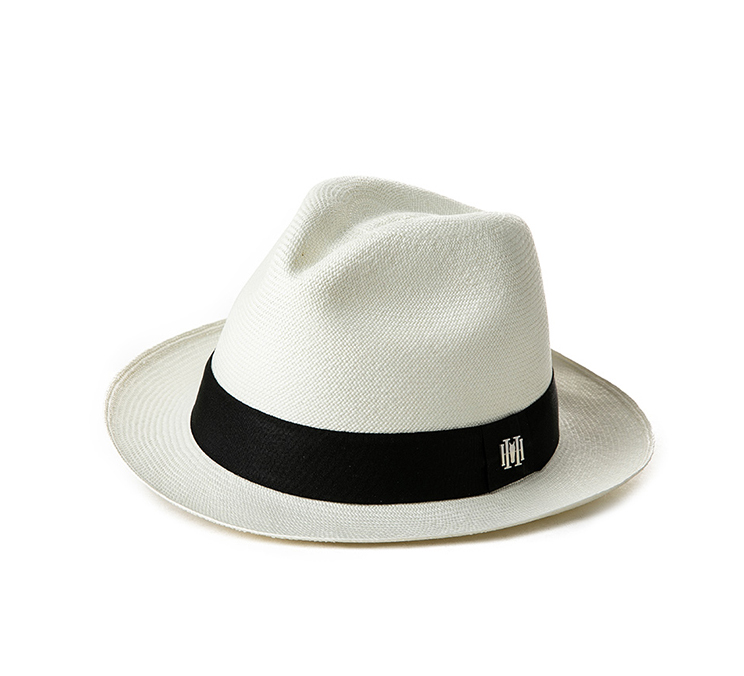
Panama straw hats are hand-woven from a kind of leaves called toquilla grass. The materials are exquisite and the production is fine. In Europe, wearing a Panama straw hat is a status symbol and is called "the best straw hat in the world".
In the Hollywood movies of the 1930s and 1940s, more and more people in the movie began to wear this hat, which became a must-have look. And the name "Panama hat" also spread. Compared with insignificant Ecuador at the time, Panama played a more important role in the promotion of this straw hat.
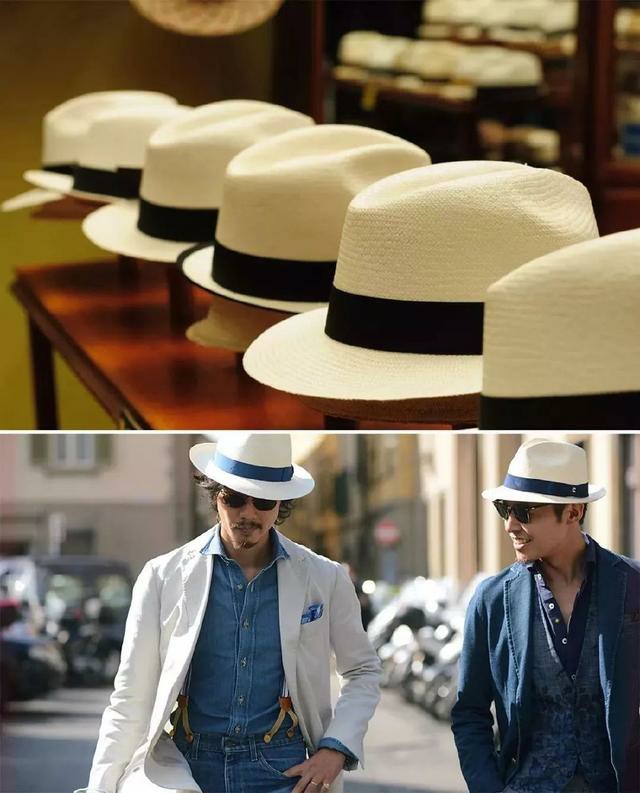
Panama hat is made from toquila. Toquila is a naturally occurring grass that grows mainly in Ecuador (it can also be found in several very small areas in Peru and Colombia). This unique straw characteristic makes it lightweight and easy to weave. The breathability of the Panama hat is a big reason for its popularity and popularity.
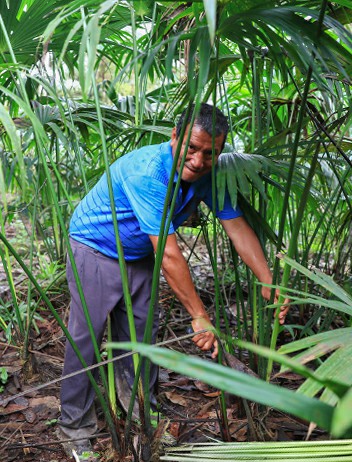
Many other materials have been tried to make some machine-manufacturable alternatives to toquila straw, which can produce cheaper imitations of the Panama hat, but none of them can. Has the breathability of a real Panama hat. So it is because of this particular straw that was found, which is why over 95% of Panama hats are woven and produced in Ecuador.
In the previous handmade era, only the upper class could afford to wear the top Panama hats with extremely fine weaving. The fans of Panama hats include Prince Charles, Churchill, Roosevelt, etc., as well as a lot of celebrities and other prominent customers.
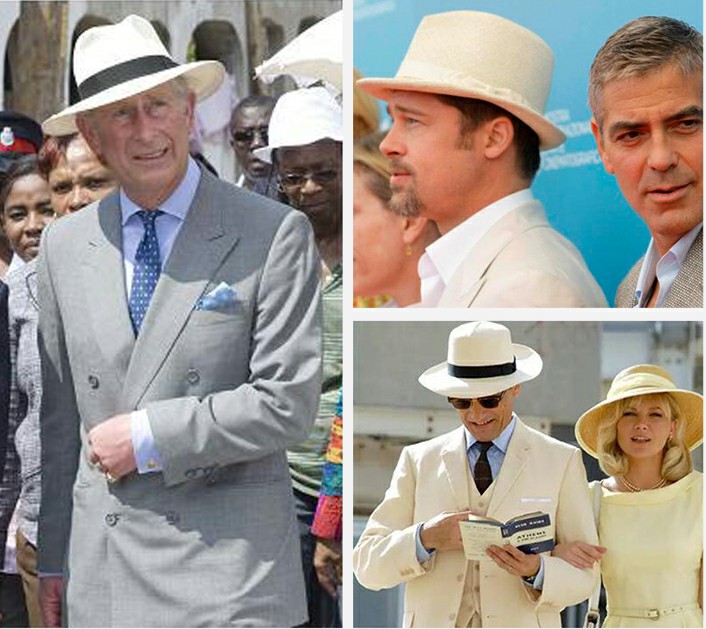
The Panama hat originated in the early sixteenth century, not in Panama but in Ecuador, in a town called Montecristi (in the Manabi region of Ecuador), then known as the "Jipijapa", "Toquilla" or "Montecristi" hat (later Both phrases are still used today). Made from the stalks of a local grass called toquila, people here have woven the hat for generations. It was first called the Panama hat because foreign tourists saw that the workers on the Panama Canal liked to wear it.
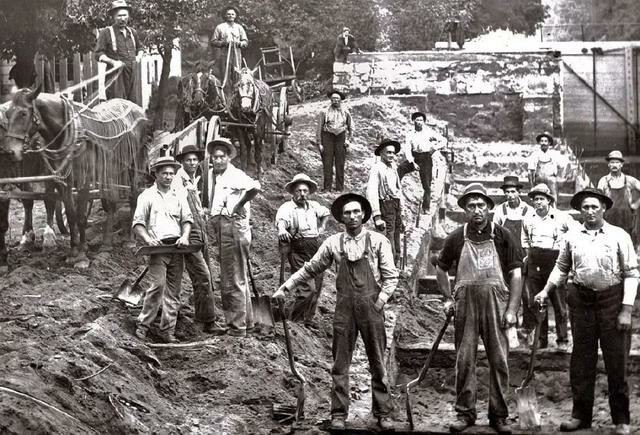
In 1630, the coastal provinces of Guayas and Manabi began to weave straw hats, which Francis Cordelgado modified from toquilla grass, resulting in the classic Fedora-style Panama hats that are now popular all over the world.
The most classic appearance of this straw hat is: the woven hat body is matched with black ribbons, the crown is pressed with delicate ridges, and the width of the hat is 6-7cm. The fedora straw hat is plain and simple, and it won't make your eyes shine, but it can quietly bring you elegance and handsomeness through the era.
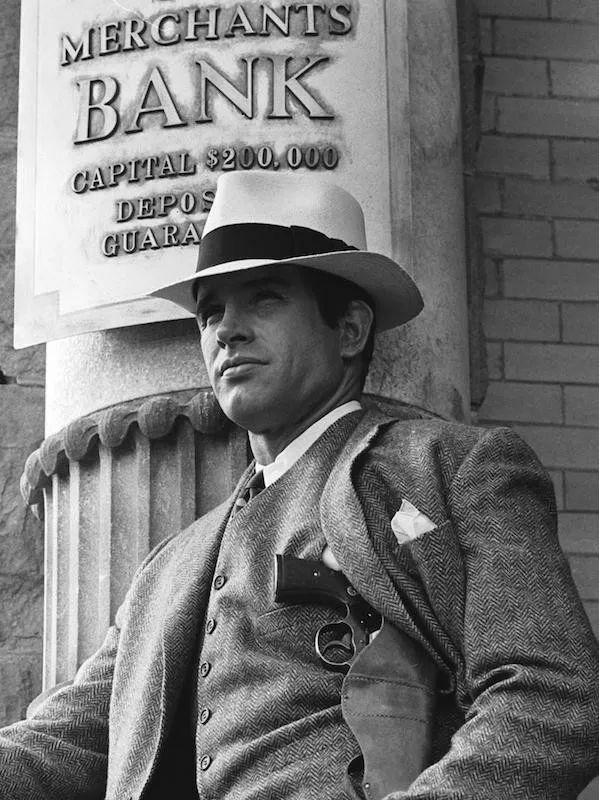
In 1835, the businessman Manuel Alfaro came to Montecristi, Ecuador, where he figured out how to promote and sell the hat. He brought the straw hats to Panama City and shipped them to California, USA, via Panama City. At the time of the Gold Rush in California, the Panama hat was popular with gold diggers because of its strength, breathability, lightweight, and good shading effect, so the trade of Panama hats developed rapidly. Alfaro is known as the "Father of the Panama Hat".
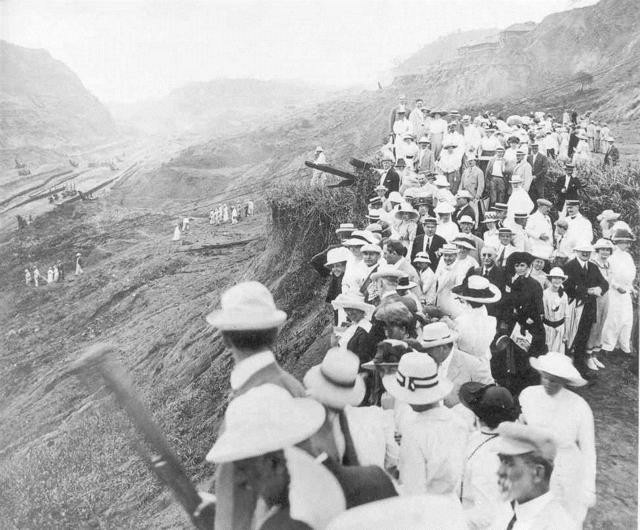
In 1850, Ecuador established the first railroad system, which further boosted the trade in straw hats, and in the same year, the United States purchased 220,000 Panama hats.
In 1863, 21-year-old Eloy Alfaro came to Panama and took over the hat trade of his father, Manuel Alfaro. He has since led the family business to new heights, funding the Liberal Revolution in Ecuador. After the success of the revolution, Eloy was twice elected president of Ecuador. Due to the attention of the government, many straw hat-weaving factories have been opened in Ecuador. With the construction of the new railway, the development of the Panama straw hat industry has been promoted again.
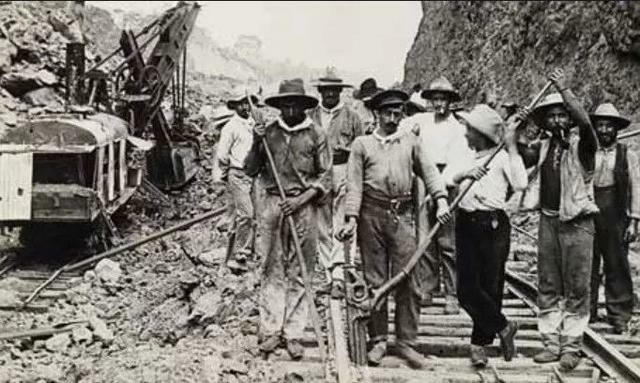
In the late 19th century, to meet the increasing demand for such straw hats in the United States, Ecuador also opened up the provinces of Azuai and Canal as bases to vigorously develop the straw hat weaving industry.
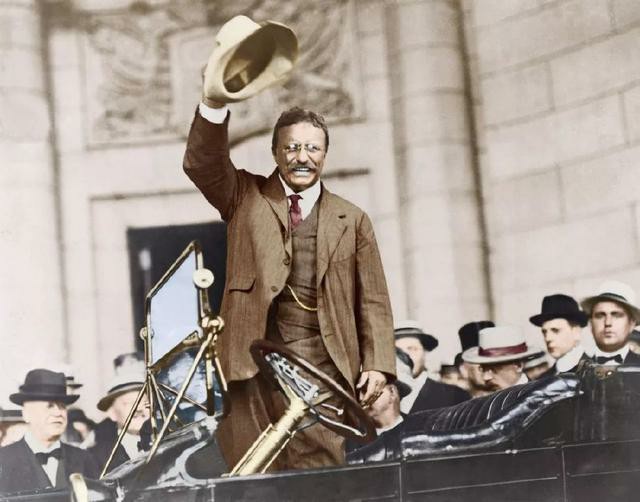
At the beginning of the 20th century, due to the digging of the Panama Canal, thousands of workers needed to wear straw hats to keep out the wind and rain, so the Panama straw hats were purchased in large quantities so that the straw hats were often sold out and became a hot commodity at that time. The digging of the canal also further promoted the Ecuadorian straw hats. The development of the weaving industry.
In 1913, US President Roosevelt attended the opening ceremony of the Panama Canal and gave a speech thanking someone for giving him the "Panama Hat", so the name "Panama Hat" was gradually called out.
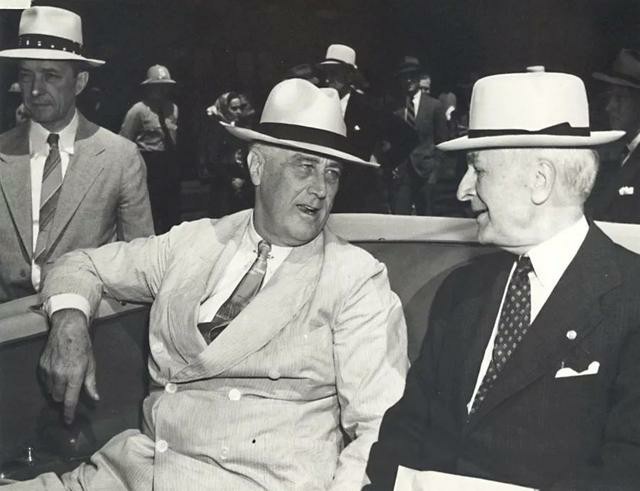
In 1944, Panama hats became Ecuador's number one export, higher than the lucrative banana trade. At the same time, the Panama hat has become well-known all over the world. Many fashion magazines and newspapers are rushing to report it. The Panama hat can also be seen in many classic Hollywood movies. Many celebrities also wear the Panama hat. A must-have for upper-class men, the Panama hat's reputation was propelled into its prime.
Sadly this traditional craft is now fading away.
The production of the Panama hat starts with the collection of toquila grass, and the leaf segments of the new buds that have not yet opened are cut along the direction of the stem to expose the fibers inside, and then the fibers are separated layer by layer to obtain the raw materials for woven straw hats. To ensure the slenderness of the fibers, it must be torn by hand.
The grass fibers are then boiled in bundles in a pot for 20 minutes, stirring constantly to ensure that the leaves are fully expanded. After cooking, the bales are dried. The exposure time depends on the quality of the grass. If it happens to catch up with continuous rainy days, the construction period will be extended indefinitely, because only completely naturally dried grass can be bleached.
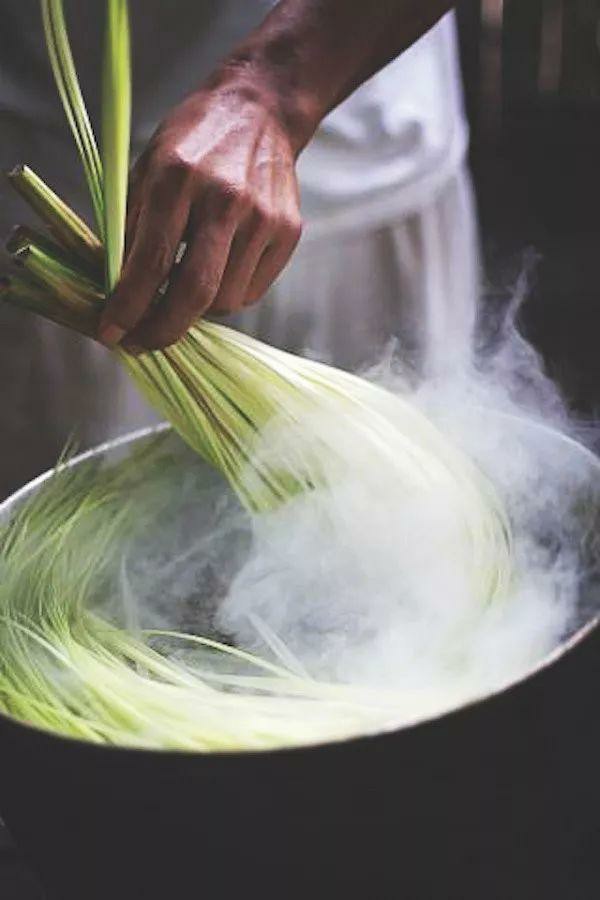
The production time varies from a week to a year, and the weaving will start from the center of the top of the hat, depending on the quality of the grass seed and the density to be woven. Once the weaving is nearing the end, one craftsman completes the edge weave, a second tightens the weave, and a third trims the edges of the excess grass before being sent to a fourth to be cleaned, bleached, softened with powdered sulfur, and finalized. At this point, a genuine Panama hat has been made.
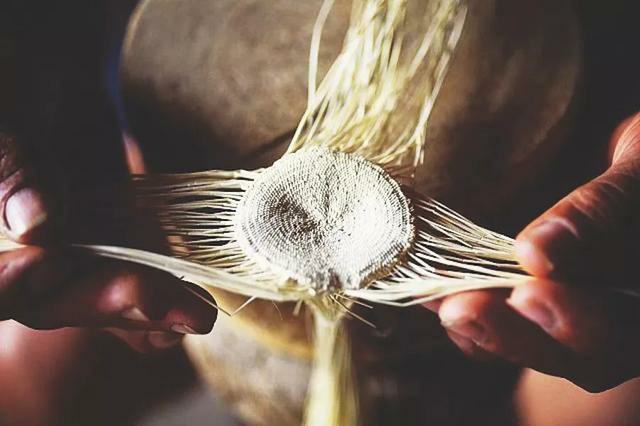
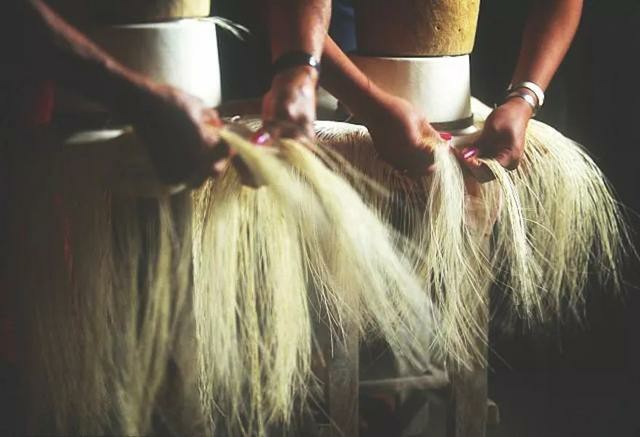
Since the emergence of Panama straw hats, there has been no recognized quality classification, making it difficult to establish unified standards for hand-woven products. Additionally, there is no official institution promoting the establishment of Panama straw hat quality standards.
In the Panama straw hat market, the same hat is viewed differently by different merchants. Some may refer to it as 20 to 21, while others may say 18 to 19. The fineness of hats from various businesses varies. Some merchants may consider a hat to be of "Fio" quality, while others may consider it "12". Relying solely on merchant-level information to judge supplier quality is not reliable, as the same merchant can have varying levels of quality, and the terms used to describe the hats may differ.
So, how do we determine the quality level of a hat? Commonly used terms include "Fino", "Ultra Fino", and "FinoFino", along with other terms such as "highest level" and "museum level". However, these terms alone cannot cover the entire range of quality levels, which range from roughly 11 to the finest at around 60. The price gap between different numbers can vary significantly. For example, the difference between 11 and 12 or 13 and 14 may only be a few dollars, but the difference between 48 and 49 or 50 and 51 can be several hundred or even thousands of dollars. The price can increase significantly for hats that are rare.
In the online store or through promotional slogans, some merchants may claim their Panama straw hats are "super fino", while others may be more practical. This chaotic and unfair market can be harmful to both businesses and consumers. There are even cases where paper-made hats are falsely claimed to be Panama straw hats, which is disrespectful.
Based on my knowledge of Panama straw hats and consultations with merchants such as Homero Ortega and Serrano, I have summarized a series of Panama straw hat standards as a reference for the industry.
Panama Grass Grading Standard ( 2018 Recommended Edition )
Level
| Number / Inch | Two Direction Number Multiplication W-Tex | |
Entry | 10-11 | 110 | |
Basic | 12-13 | 156 | |
➕ | 13-14 | 182 | |
➕➕ | 14-15 | 210 | |
Medium | 16-17 | 272 | |
➕ | 17-18 | 306 | |
➕➕ | 18-19 | 242 | |
Fino | 20-21 | 420 | |
➕ | 22-23 | 506 | |
➕➕ | 24-25 | 600 | |
Extra Fino | 26-27 | 702 | |
➕ | 28-29 | 812 | |
➕➕ | 30-31 | 930 | |
Master Fino | 32-24 | 1088 | |
➕ | 35-37 | 1295 | |
➕➕ | 38-40 | 1520 | |
TREASURE | 41-43 | 1763 | |
➕ | 44-46 | 2024 | |
➕➕ | 47-49 | 2303 | |
Museum | 50-53 | 2650 | |
➕ | 54-57 | 3078 | |
➕➕ | 58-61 | 3538 | |
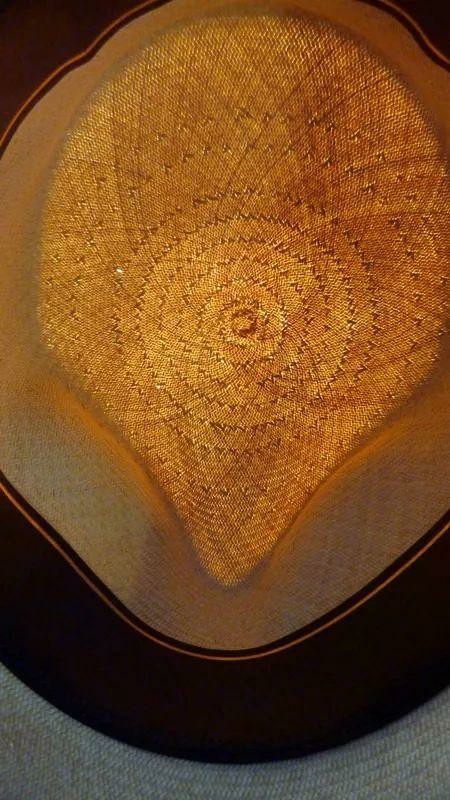
Mark:
W-Tex is a newly coined term; "W" represents the longitude and latitude (Weftor/Wart) and can also signify weaving, which involves the multiplication of two directions.
So, how do you count the number of channels in two directions?
Generally, you take the middle part of the cap body, where the ground is the starting point, and the middle part is more consistent. This is done to ensure fairness and establish a standard position.
There are two common weaving methods for Panama straw hats: the first is the "Liano" method, commonly used in Montecristi, and the other is "Brisa," commonly used in Cuenca.
The "Liano" method is characterized by a herringbone pattern, while the "Brisa" method is characterized by a diamond pattern. Generally, "Liano" weaving is finer and tighter than "Brisa," while "Brisa" is more efficient. Top hats are mostly woven using the "Liano" method.
So, how do you determine the channel number of a Panama hat? "Daoshu" refers to the number of rhizomes in one inch. For a clear explanation of how to determine the number of channels, please refer to the following illustrations:

Figure A is compiled by "Brisa". The Red is 13.5 lines per inch, while the blue is 13.5 lines per inch. Multiply the two, 13.5 13.5, and get W-Tex, which equals 182.5, and it belongs to 13-14 (Basic +).
Figure B is the "Liano," the Herringbone. The Red is 24 lines per inch, while the blue is 12 lines per inch. ( blue channel number multiplied by 2, because there is generally below ). The two are multiplied by and the W-Tex is 576. Then, it belongs the 24–2525 level ( Fino + + ).
Panama hats are cool, breathable, shade from the sun, elegant and stylish.
The Panama hat shows a kind of gentleman's temperament. It is suitable for both casual and formal wear. It is one of the must-have accessories for vacation travel. Paired with a formal suit to create a sense of elegant gentleman, not only do many celebrity politicians like it very much but in some movies, a Panama hat is also a must for gentlemen. Furthermore, it is another fashionable style to match with a casual single suit, jacket, or T-shirt.
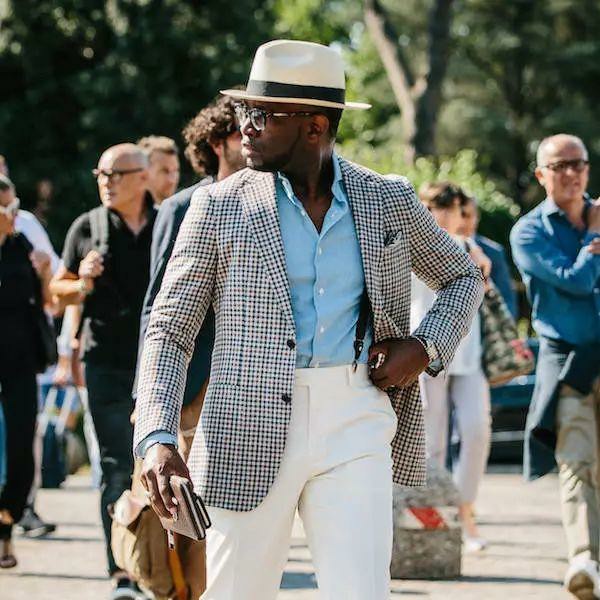
European businessmen like to use it to match suits in spring and summer, celebrity politicians also wear it frequently, and the Panama hat has become a symbol of elegant men. Panama hats are used by royals as summer headwear and are often worn for sports and outdoor social events.
1. Does the Panama straw hat come from Panama?
Although it is called the Panama straw hat, 95 % of the world's Panama straw hats are produced in Ecuador.
2. Why do Panama straw hats come from Ecuador?
Toquilla grass, a raw material suitable for weaving straw hats, mainly grows in Ecuador, and the straw hat weaving process is more mature.
3. Why do Panama straw hats use Toquilla grass as their raw material?
Toquila grass leaves have slender fibers, are light in weight, tough, and easy to bend. It is an excellent material for weaving straw hats. Many other materials have been tried to produce alternatives that can also be made by certain machines, but their air permeability is much lower than that of Toquilla.
4. Did the Panama straw hat start out with this name?
At first, it was called "Jipijama" and "Montecristi," but it was also called "Toquilla" (originating from the colonial Spanish hat Toque). Montecristi has become almost synonymous with fine Panamanian straw hats.
5. How did the name "Panama straw hat" come about?
The straw hat was a big seller in Panama, when workers on the Panama Canal site were given one, and the term "Panamanian straw hat" became popular.
In 1855, at the Paris World Expo, the Ecuadorian authorities had the opportunity to correct this title, because they did not miss the opportunity on the list of participating countries. By 1906, President Theodore Roosevelt the Elder wore a Panama straw hat to participate in the Panama Canal excavation ceremony. The popularity of photos worldwide deepens people's misconceptions about the origin of Panama straw hats. The name "Panama straw hat" gradually spread, and later the authorities could do nothing to change.
6. Which region of Ecuador produces the best straw hats?
Montecristi and Cuenca. Montecristi is on the coast, and Cuenca is on Mount Iniesta.
7. Where is the earliest existing Panama straw hat?
While placing the Pachy family on this trip to Ecuador, see the Panamanian straw hat from more than 100 years ago.
8. When did Panamanian straw hat weaving evolve into an industry?
Mid-17th century
9. How did the Panama straw hat weaving industry in Ecuador rise in the 19th century?
The change in international demand has made straw hats occupy an increasingly high position in the regional economy, and the hat-weaving industry has emerged. With over 200,000 annual orders in the United States, businessmen's Panama straw hat export business has helped straw hats go global.
Soon, straw hat weaving attracted the attention of the President of the Ecuadorian government, which opened straw hat weaving factories in residential areas and taught straw hat skills in some schools. Ecuador also opened up the province of Azuay and the province of Cañar as bases to vigorously develop the straw hat weaving industry.
10. What are the main practitioners after the rise of the straw hat weaving industry?
Due to their low income, non-professionals from all walks of life and all classes worked as a sideline at first.
11. Who initially promoted the Panama straw hat to shine in other countries?
Manuel Alfaro, a Spaniard, is credited in numerous ways. In 1835, when he settled in Montecristi, he seized the Panama straw hat export business opportunities, established a business center for Panama straw hats, including cocoa and pearls, and exported hats to other countries, especially the United States.
12. Why do straw hats choose Panama instead of Ecuador for foreign trade?
Today, Ecuador has become a popular tourist destination with relatively inconvenient transportation. Panama, as the narrowest division of the Atlantic and Pacific regions, is the main channel between the West Coast of the Americas and Europe. South America is the initial trade center.
13. What drives people in other countries to purchase large quantities of Panama straw hats?
In the mid-19th century, the "Gold Rush" inspired tens of thousands of people to flood into California through Panama. The long journey in the sun heightened their desire for hats. Light, breathable, portable, and sun-shielding Panama straw hats are widely welcomed. Gold miners help open markets in the Americas.
14. How does the Panama straw hat reach foreign businessmen through production?
The woven straw hat arches are sold to the hat middlemen responsible for the door-to-door hat acquisition. The middlemen are resold to the exporters' agents selling them to the exporters. After the exporter buys the straw hat, it must also undergo lock-edging, cleaning, ironing, etc. to complete the preliminary processing of finished products according to the final straw hat quality, purity, size, and other classifications of packaging sold overseas.
15. Would straw hats be sold directly after being shipped to overseas destinations?
After reaching overseas destinations, straw hats will be further processed in the recognized factory processing, including bleaching and cleaning again. In accordance with the final shape of fashion, with decorations and belts, all completed before the sale.
16. What's the origin of the decorative belt on the Panama straw hats?
Originally added to commemorate the death of Queen Victoria, People found that with this layer of decoration, the overall noble temperament of the hat also increased and continued until now.
17. Why did the Panama straw hat begin to decline after World War II?
Panama's straw hats experienced the brilliance of the 19th and mid-20th centuries. After World War II, other countries joined the competition in the straw hat market, and Ecuador was no longer the only country producing straw hats. Ecuador was forced to sever diplomatic relations with Cuban during the Cuban crisis, which further affected the straw hat market size.
1. Can the Panama straw hat be folded freely?
Toquila grass is tough and easy to bend, and top-of-the-line Panama hats, if folded and placed in the barrel, will basically damage the appearance of the hat. However, long-term curling will still give the straw hat a polygon, and the deformation degree is inversely proportional to the fineness of the straw hat. It is worth noting that toquela grass resilience is also largely affected by climate. Ecuador has a humid tropical climate, so the fibers in the raw material can remain moist and soft. However, when imported into dry climates, the moderation and softness of the fiber are greatly reduced, resulting in brittle fibers, causing fiber breakage. Therefore, lying flat on the cap box is the best way for storing.
2. What are the typical colors of Panama straw hats?
In Montecristi, traditional weaving methods are still used to produce high-quality Panama hats, both in their natural color and their creamy white color after sulfur bleaching. The straw hats produced in Cuenca are more in line with market demand, and their color is usually specified by customers or according to market trends (such as big red, green, Coffee, blue, gray pink ) for production.
3. Is it normal for colored fibers to be present in a Panama straw hat?
Normal, as a result of the raw material toquila grass This natural growth of grass and fiber is bound to have differences in color. On the other hand, it can also be used to determine whether the Panama hat has features. Of course, people will prefer a slightly different color, a more uniform color, and a rare and precious Panama hat.
4. Why does the same Panama hat have different patterns?
The Panama straw hat is made entirely by hand. Different weavers use different weaving techniques, resulting in variations in texture density and shape. Some straw hats use several patterns or techniques to weave for more rich visual effects.
1. How to distinguish the quality grade of Panama straw hat?
There is no official grading system or general industry standards, the best way to determine product quality is to obtain the object, carefully observe, and compare. Among them, the 1-inch number is the most critical indicator to determine registration. In addition, flatness, fineness, thickness, incorporated roundness, color uniformity, and other factors are to be considered.
2. How to price a Panama straw hat?
The fineness of the straw hat ( the number of rows woven in the horizontal and vertical directions per square inch ) is the first indicator. The weaving quality and the overall color uniformity jointly determine the price.
3. What’s the approximate price range of a Panama straw hat?
Roughly from the entry-level tens of dollars to the medium-level hundreds of dollars
Thousands of dollars, and at the museum level, tens of thousands of dollars The most expensive Panama straw hat reportedly sold for $100,000.
1. Introduce the Panama Straw Hat Manufacturing Process
It includes a series of strict processes such as collection, spinning, boiling, drying, bleaching, dyeing, weaving, locking, setting, ironing, and decoration.
2. What materials are used as substitutes for Toquila grass?
Paper is the most common substitute, and Toyo Paper is similar, but it has far less air permeability and elasticity than Panama straw hats.
3. Who is the most famous modern Panama straw hat-weaving master?
The number of master hand knitters has decreased year by year, and there are now about ten. Simon Espinal is relatively famous.
4. How long does it take to knit a Panama hat by hand?
It takes only 2 days to hand-knit an entry-level Panama straw hat, a slightly better quality takes about a week, and a top Panama straw hat takes 6 months.
5. When did Panama's straw hat succeed in applying for intangible cultural heritage?
Since 2011, Ecuador has begun to include the traditional weaving process of Toquila hats on the list of intangible cultural heritage. On December 5, 2012, the UNESCO General Conference approved Ecuador's application.
6. What has the Ecuadorian government done to protect the Panama straw hat weaving process after its successful World Heritage application?
1 ) Develop and implement the "Toquila Straw Hat Traditional Weaving Protection Plan."
2 ) Renovate the "Hat House" museum, which is open to the public as part of the "Memory Space" program of the Toquila straw hat traditional weaving protection program, so that more people can understand this traditional weaving process.
Part of the conservation plan's "memory space" program is open to the public to help more people understand this traditional weaving process.
3) Promote the display and exchange of different weaving methods between regions.
4) Find and protect straw hat weavers.
5) Establish a teaching system and set up an official teaching place.
7. What role does the famous "Hat House" museum play in protecting and inheriting the weaving process of Toquila straw hats?
1) The Hat House Museum has four permanent exhibition halls. Visitors can see the use materials of for public welfare since the Columbus era through on-site observation, video, photographic display, etc. Weavers from different regions can also exchange ideas there.
2 ) Wake up the memory of Panama straw hats and remind people not to forget the craftsmen who created the intangible cultural heritage of Panama straw hats.
8. Why are good-quality Panama straw hats becoming increasingly scarce?
Weaving Panama straw hats is complicated. From raw material preparation to weaving molding. Many uncertain factors will be encountered in the actual process of weaving. A good-quality hat takes knitting workers months to complete, challenging the human eye and patience. There are few top weavers, and even their children are not necessarily willing to inherit.
1. What is the most well-known type of Panama straw hat?
Fedora features a big dent on the top of the hat's crown. The milk-white hat with the classic black ribbon will never go out of style, regardless of the hat's color or the flower decoration on the ribbon.
2. What’s the style and matching of Panama straw hats?
Breathable sun protection is elegant and fashionable, suitable for both men and women. Inject fashion into the formal style of the version and add elegance to the leisure style. Celebrity politicians wear it frequently, and members of the Royal Family also wear it as a summer headpiece for sports and outdoor social events.
3. How do I choose the appropriate Panama hat style according to that shape?
There are many styles and face types and here is a simple classification for reference :
1 ) Hats with wide brims: round face, square face.
2 ) Hats with side flanging and slope: long face.
3 ) Hats with medium-width brims: heart-shaped face, diamond face, oval face.
4 ) Hats with narrow brims: heart face, diamond face.
4. What celebrities or stars are Panama straw hat enthusiasts?
1 ) Celebrities: President Roosevelt Sr., Prince Charles, Prime Minister Churchill, etc.
2 ) Stars: Jennifer Lynn Lopez, Brad Pitt, Johnny Depp, Jackie Chan, Miranda Kerr, etc.
3 ) Top luxury brand Hermèsalso gave Panama straw hats to VIPs.
5. In what classic films has a Panama straw hat ever appeared?
"Rome Holiday," "The Great Gatsby," "Casablanca," "Now Voyager," "Lover," "Charlie Chan in Panama," and others.
6. Why are Panama hats more expensive than other straw hats?
1) Its primary componentToquilla is produced in small quantities and only in specific areas, and a plant needs to grow for up to 3 years before it can be used for weaving straw hats.
2) Purely handmade, the process is complex and rigorous. Currently, the most expensive Panama hat takes 6 months to complete.
1. How long can the Panama straw hat be preserved?
A good Panama straw hat, although expensive, can be worn for more than ten or twenty years. Although the style is also good, an ordinary Panama hat costs dozens of dollars to dozens of dollars, feels rough and stiff, is easy to break after folding, and has a relatively short natural life.
2. Why do my Panama straw hats have many connectors?
Panama straw hats are knitted with the top of the hat as the starting point and are knitted outwards in a diffuse pattern. When woven to a certain circumference, new fibers have to be added to meet the outer structure, and a ring of fiber joints exists inside the cap. This is why the pattern looks so lovely when viewed from the inside out.
3. Would the straw hat's color fade with time?
In the process of making straw hats, there is a bleaching or dyeing step. The "fading" of Panama straw hats is a process toward restoring the original color of the fibers.
4. Why does my Panama straw hat turn yellow after a long time?
"Yellowing" is especially noticeable on white Panama hats. This is because, after a long period of coordination, straw hats were inevitably exposed to sunlight, air moisture, and other substances that gradually turned them yellow. This is the same reason that white clothes will turn yellow after being worn for a long time.
5. How to care for a Panama straw hat?
When the climate is relatively dry, regular humidification care is needed to keep the Panama straw hat flexible.
Do you have any questions, let me know.